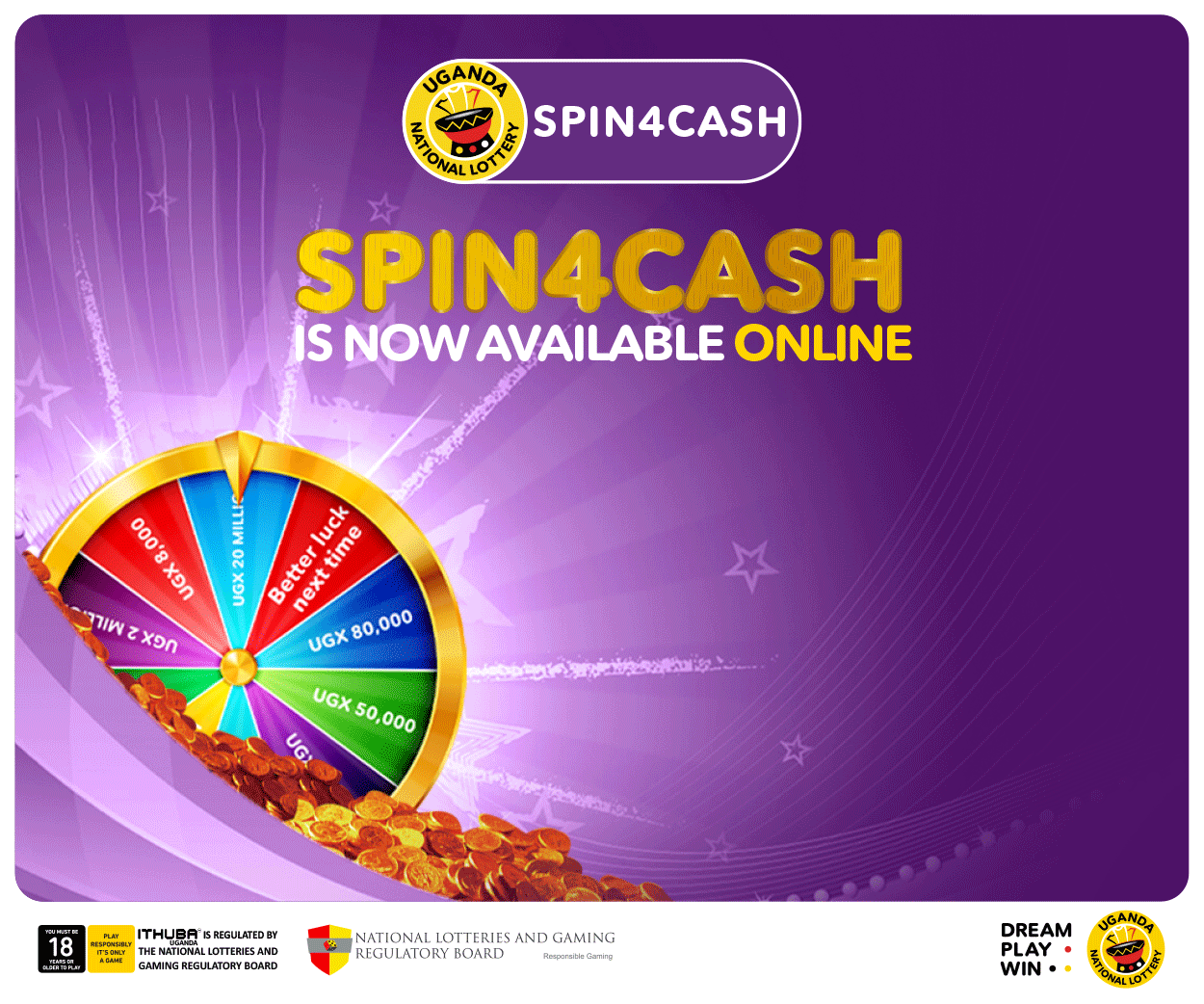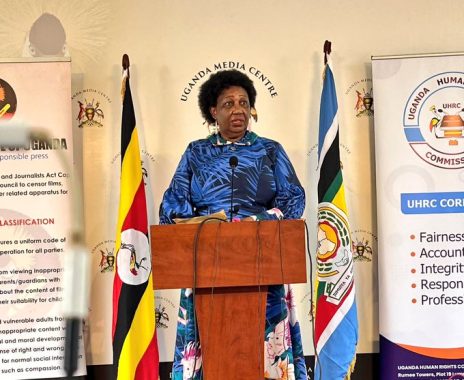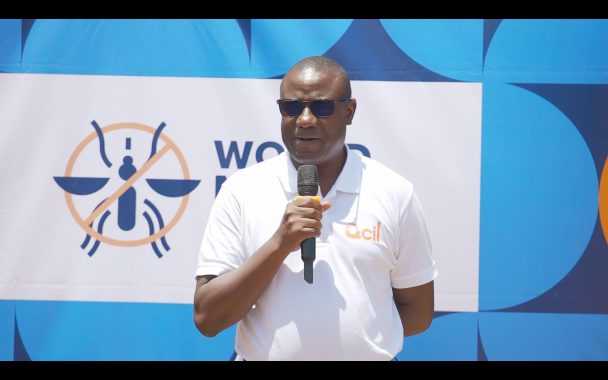Bringo Fresh has announced a continent wide campaign to curb food wastage in Uganda. According to their CEO Brian Matsiko their aim is to foster food security in the country. “Food security means that all people, at all times, have physical and economic access to sufficient, safe and nutritious food that meets their dietary needs and food preferences for an active and healthy life (World Food Summit, 1996),” Brian Matsiko explained.
He added that by supporting platforms like Bringo Fresh, people eliminate the food wastage caused by post-harvest loss, as they are supporting all the farmers in the food chain. “Bringo Fresh helps carb food wastage by providing a ready market for farmers so that there is no post-harvest loss” Picture- A bringo Fresh delivery “By supporting companies and solutions, like www.bringofresh.com which bridge the gap between the farmers and the consumers as food is not just wasted at the end of the food path by consumers but also on the farms through post-harvest loss. Post-harvest losses have significant nutritional, health, and financial impacts for both consumers and farmers, disproportionately affecting women, who are largely responsible for managing post-harvest drying, cleaning, and storage.
For rural families, many of whom already live on the edge of hunger, lost food means lost land, water, fertilizer and income for those who can least afford it. With a fresh food delivery service such as www.bringofresh.com you can easily order only what you need on a daily, weekly or monthly basis,” Matsiko explained further.
How a bringo Fresh box looks like. They deliver fresh and organically farmed food products.
She added that the food security has a global and long term element to it, considering that there will be nine billion (9Bn) people to feed in the world by 2050 and it can be targeted at national, local and even individual level. Food is lost or wasted throughout various stages of the food supply chain. During agricultural production and harvest, crops can become damaged or spilled, animals may die due to diseases, fish may be discarded during fishing and milk could be lost due to cattle diseases. Crops, animals, fish or milk may be lost during post-harvest handling, storage and in transportation. During processing, food may be lost or degraded during washing, peeling, slicing, canning, packaging etc.; or during slaughtering, smoking, freezing or pasteurising. During distribution, food may be lost or wasted during transport or expiry at wholesale markets, supermarkets, retailers, etc. Finally, consumers may waste food by simply throwing it away.
The United Nations estimates that one in nine people in the world do not have access to sufficient food to lead a healthy life. More people are reported to die from hunger every day than AIDS, malaria and tuberculosis combined. But at the same time, nearly one-third of the food that is produced in the world is lost or wasted due to one reason or the other. Food wastage, which includes both food loss and food waste, is not only morally irresponsible, but also causes huge economic losses as well as severe damage to the world around us.
The FAO estimates that roughly one-third of the edible portions of food produced for human consumption gets lost or is wasted globally, which is about 1.3 billion tons per year. The value of food lost or wasted annually at the global level is estimated at US$1 trillion. Yet reliable numbers on specific numbers of wastage are not documented.
In low-income countries, such as Uganda, food is mainly lost during the early and middle stages of the food supply chain and much less food is wasted at the consumer level.
In Kampala city, solid waste is managed by Kampala Capital City Authority (KCCA) in collaboration with private companies. Available information shows that each household in Kampala generates approximately between 0.5kg and 1.1kg per capita of solid waste per day. Going by Kampala’s population estimated at 1.5 million (UBOS), it is predicted that about 750,000kg or 750 tonnes of waste are generated in Kampala per day.
However, on average, only 50% (375 tonnes of waste) is collected by KCCA and private companies per day. KCCA acknowledges that the amount of solid waste generated overwhelms its capacity to collect and dispose of due to financial and technical challenges (Water Aid, 2011).
The urban solid waste composition is 37.8% (food waste), 33.6% (yard wastes), 6.7% (paper), 0.8% (metals), 7.8% (plastics), 8.6% (stones & debris),1.3% (textiles), 0.7% (glasses) and 2.7 (miscellaneous) which is typical of the East African urban areas.
The local governing bodies are mandated by the Local Government Act (LGA) of 1997 to provide and maintain waste management infrastructures. They can contract private companies to manage waste under supervision.
Kampala is the only urban council with a sanitary landfill owned by the city but operated by a private company. All other waste disposal sites are owned and operated by the UCs themselves and are poorly managed since most resources are allocated to waste collection and not to disposal management. Wastes of mixed origin (e.g., domestic, industrial, healthcare and commercial) are disposed together at these disposal sites. Table 3 summarizes the major problems from solid waste disposal sites.
Why should I care?
Food waste that ends up in landfills produces a large amount of methane – a more powerful greenhouse gas than even CO2. For the uninitiated, excess amounts of greenhouse gases such as methane, CO2 and chlorofluorocarbons absorb infrared radiation and heat up the earth’s atmosphere, causing global warming and climate change.
With agriculture accounting for 70% of the water used throughout the world, food waste also represents a great waste of freshwater and ground water resources. It is said that a volume of water roughly three times the volume of Lake Geneva is used just to produce food that is not eaten. By throwing out one kilogram of beef, you are essentially wasting 50,000 litres of water that were used to produce that meat. In the same way, nearly 1000 litres of water are wasted when you pour one glass of milk down the drain.
Millions of gallons of oil are also wasted every year to produce food that is not eaten. And all this does not even take into account the negative impacts on biodiversity due to activities like mono-cropping and converting wild lands into agricultural areas.
What is being done in Uganda?
As part of its efforts to support smallholder farmers and agricultural markets, WFP is strongly promoting a greater focus on reducing food losses throughout the value chain.
WFP had developed an initiative in Uganda called “Zero Food Loss”, combining training & airtight storage to tackle high-levels of post-harvest loss.
Under the “Zero Food Loss” initiative, this effective, scalable, and replicable model tested in Uganda continues to create demand from other countries. 18 developing countries have already visited Uganda to learn about the “Uganda Model”, with nine beginning their own rollouts of post-harvest loss national programs.
What can I do as an individual?
These are the known and new interventions to reduce food wastage and their efficacy on the individual level. This is a guide to what an individual can do as his/her personal contribution to curbing food wastage, as the adage goes; charity begins at home.
On a day – to – day basis you may monitor and reduce food wastage in your homes by buying only the food that your family will finish.
Know what types of food rot at a higher rate than other perishables and purchase less of the fast expiring foods or find their alternatives. One may also buy the fast perishing produce when they are at an early ripening stage so as to increase their shelf life. Beef does not go bad quickly but chicken, fish and others do. It is better you buy what you can consume and the rest may be spiced and deep frozen it.
So start planning what to buy, how many people will be eating and only buy food that people will eat and finish.
Before buying that food, come up with a shopping list and stick to it to help you avoid wasting food and money. Knowing what you will be eating as a family in the form of a weekly menu helps you to apportion produce to the dishes and buy only what you need on a weekly basis.
Consumers should also try to buy food in accordance with a meal plan so that they don’t end up wasting edible food. Food may be cheaper when you purchase in bulk, but in reality, you are not really saving money when all you are doing is throwing it away at the end of the week.
If the food still ends up unfit for human consumption, it can be used for feeding livestock, saving precious resources that would have otherwise been used for producing commercial feed, food like vegetables and fruit may be fed to herbivorous farm animals and pets. If the food cannot be reused at all, then we should at least try to recycle it in a responsible way instead of sending it to the garbage landfill where it will continue to rot. Did you know that an average home can divert about 150 kg of food waste a year from local waste dumping facilities by adopting home composting? Home composting may spark off your own urban farming garden and help to teach you and your family about the cycle of food. Some households and individuals, practice solid waste recycling, re-use, composting and biogas production. These are waste minimization options with social, economic and environmental benefits.
Sapiosexual & Ambivert
















